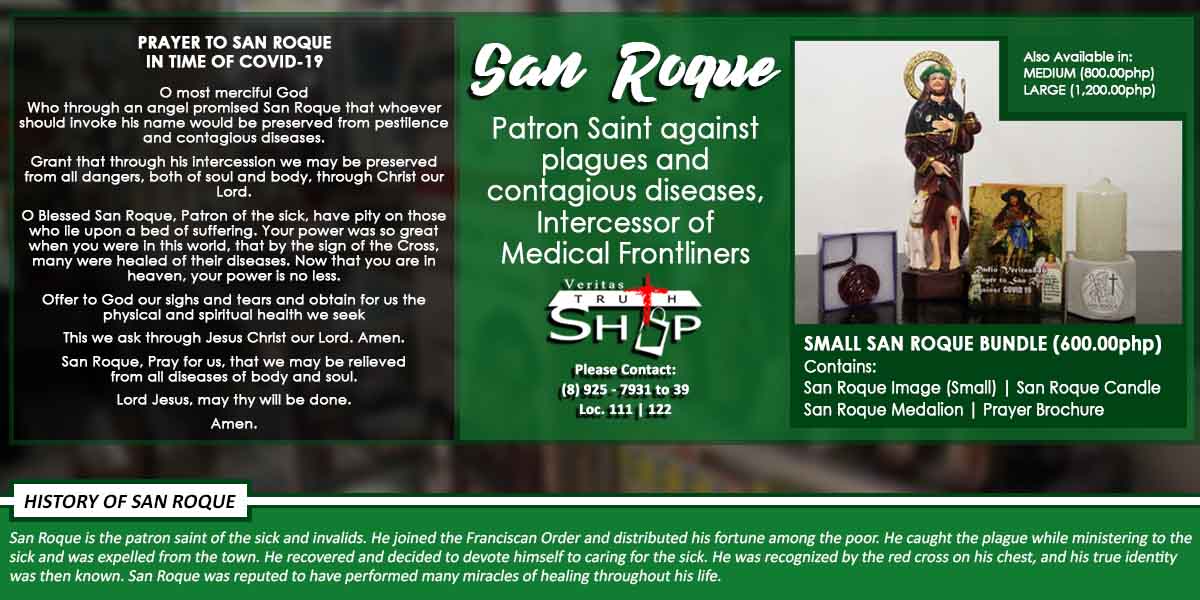427 total views

Today’s readings narrate people who are thirsty after their sojourn in the desert (Ex 17:1-7) and the encounter of two thirsty persons, Jesus and the Samaritan woman (John 4:4-42). They all need water. In the Bible, “mayim” ( מָּֽיִם ) in OT, “hydōr” ( ὕδωρ) in NT, is a common noun denoting water generally and may refer also to spring or well and even bodies of water. It is used also metaphorically for divine cleansing and renewal of life (Ez 36:25, 47:1f; Zec 14:8), and salvation (Is 12:3), with God, described as its source and fountain (Jer 2:3, 17:13). Specifically, Christ refers to the importance of being “born of water” (and Spirit, John 3:5) and identifying himself as the source of living water, symbolizing the gift of eternal life and peace with God,(4:10ff, 7:37).
The encounter between Jesus and the Samaritan woman contains so many themes and the “living water” is just one of them. In the exchange between them, the conversation proceeds on two levels- the non and/or incipient believer speaks on a lower or natural level while Jesus responds on a higher or spiritual level. The well is initially presented as something like a freshwater fountain (4:6), later it became a cistern of contained, “non-living” water (v11). After Jesus’ request meets a reluctant response he introduces his own claim to have another water that is not contained or stagnant but “living water”. (For St. John, this is the life of the Spirit given by the risen Christ as the pledge and source of eternal life). Not getting it yet, Jesus further explained to the woman that this water surpasses anything Jewish and Samaritan beliefs offer (vv11f). Finally, after the discourses and self-disclosure, Jesus underlines that the effectiveness of Christ’s “living water” corresponds to the growth in faith of the believer (vv12f).
After the encounter, the Samaritan was confirmed in her faith, a faith beginning from the nonrecognition of Jesus to who he really is: from a thirsty Jewish enemy (v9) to a giver of eternal life (vv14-15), to his being a prophet (v19), to the nature of true worship (vv23-24) and to, finally, his identity as the long-awaited Messiah, (vv25-26). But she did not stop there, (she even left her water jar behind, a symbol of former faith and/or former life). It led ultimately to her people’s recognition of Jesus. She is the bearer of the “word” as she enters the town and brings others to Christ (vv39, 42).
As baptized disciples of Jesus may our faith progresses as insightfully and rapidly as the Samaritan woman did and fulfill our mission to proclaim that Jesus is the ‘fountain of living water’ and “truly the Savior of the world” (v.42). May we all continually grow in our faith and mission. Amen.

















